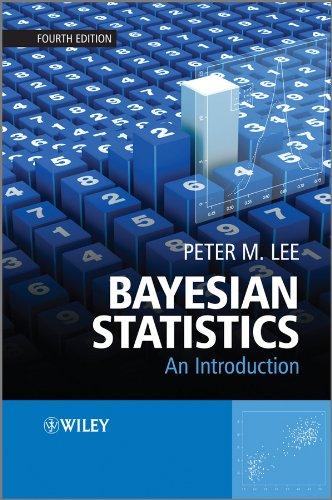Apply the methodology used in the numerical example in Section 10.2 to the data set used in
Question:
Apply the methodology used in the numerical example in Section 10.2 to the data set used in both Exercise 16 on Chapter 2 and Exercise 5 on Chapter 9.
Exercise 16
Suppose that the results of a certain test are known, on the basis of general theory, to be normally distributed about the same mean μ with the same variance ϕ, neither of which is known. Suppose further that your prior beliefs about (μ,ϕ) can be represented by a normal/chi-squared distribution with

Now suppose that 100 observations are obtained from the population with mean 89 and sample variance s2 = 30. Find the posterior distribution of (μ,ϕ). Compare 50% prior and posterior HDRs for μ.
Exercise 5
In question 16 in Chapter 2, we supposed that the results of a certain test were known, on the basis of general theory, to be normally distributed about the same mean µ, with the same variance ϕ, neither of which is known. In that question, we went on to suppose that your prior beliefs about (µ,ϕ) could be represented by a normal/chi-squared distribution with

Find a semi-conjugate prior which has marginal distributions that are close to the marginal distributions of the normal/chi-squared prior but is such that the mean and variance are independent a priori. Now suppose as previously that 100 observations are obtained from the population with mean 89 and sample variance s2 = 30. Find the posterior distribution of(µ,ϕ) Compare the posterior mean obtained by the EM algorithm with that obtained from the fully conjugate prior.
Step by Step Answer:






